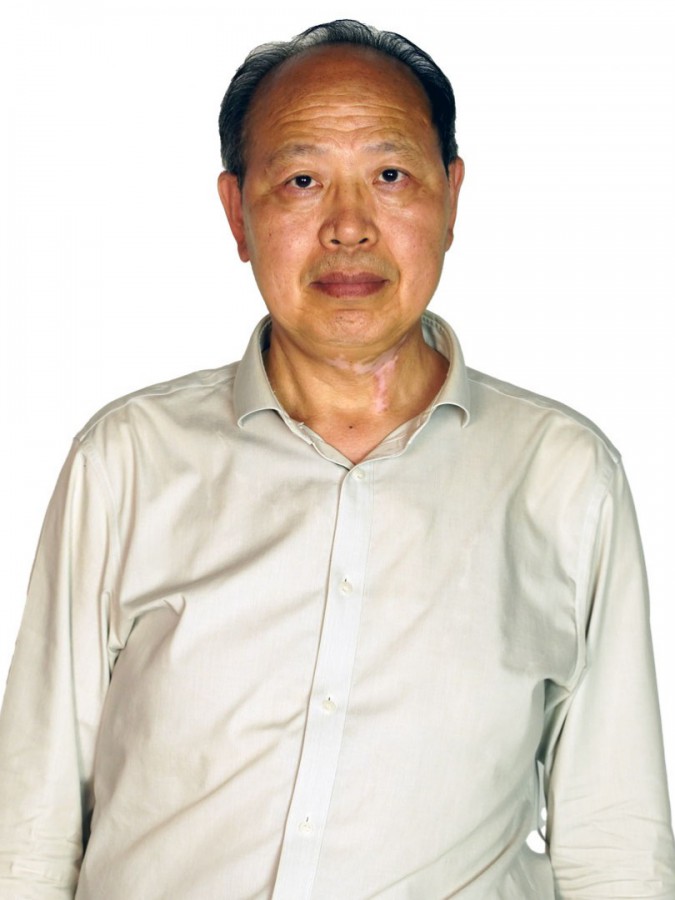abstract
Two new 3-D lead(II) coordination polymers [PbL](n) (1, L = glycolic acid) and [Pb4L2L'2CdBr2](n) (2, L' = ethylene glycol) have been solvothermally synthesized and structurally characterized by elemental analysis, IR spectroscopy, thermogravimetric analysis, powder X-ray diffraction and single crystal X-ray diffraction. 1 contains 1-D neutral [PbL](n) chain with hemidirected tetrahedral geometry, which is further connected by weak Pb...O interactions to produce a 3-D network. 2 contains another 1-D neutral [Pb2LL'](n) chain with hemidirected tetrahedral/trigonal-pyramidal geometry that is converted into 2-D neutral [Pb4L2L'(2)](n) layer via weak Pb...O interactions. The layers of 2 are further bridged by unsaturated [CdBr2] complexes to form a 3-D heterobimetallic [Pb4L2L'2CdBr2](n) framework. The L ligand of both 1 and 2 resulted from in-situ oxidation of L' ligand during the solvothermal reaction. 2 represents the rare example of 3-D heterometallic organic framework based on the linkages of 2-D lead(II) carboxylates and cadmium(II) bromides. Their luminescent properties in the solid state and density functional theory calculations have been investigated.
keywords
METAL-ORGANIC FRAMEWORKS; CHLORIDE COMPLEXES; LIGANDS; PHOTOLUMINESCENCE; FUNCTIONALITY; CRYSTALS; NETWORK; CHAIN; STATE
subject category
Polymer Science
authors
Xiao, H; Zhou, J; Liu, X; Fu, LS; Wang, P; Ran, SP
our authors
acknowledgements
This work was supported by the NNSF of China (No. 21671029), the NSF of Chongqing municipality (No. cstc2015jcyjBX0117), Program for leading talents of scientific and technological innovation in Chongqing municipality (No. CSTC-CXLJRC201707), Fundacao para a Ciencia e a Tecnologia (FCT, Portugal), the European Union, QREN, FEDER through Programa Operacional Factores de Competitividade (COMPETE), and CICECO-Aveiro Institute of Materials, POCI-01-0145-FEDER-007679 (FCT Ref. UID/CTM/50011/2013), financed by national funds through the FCT/MEC and when appropriate co-financed by FEDER under the PT2020 Partnership Agreement, and Program for Excellent Talents in Chongqing Higher Education Institutions. The authors are also grateful to Chongqing Normal University for financial support (14CSLJ02), graduate innovative research projects of Chongqing municipality (CYS16147) and the innovative training program of university student (201610637008).


